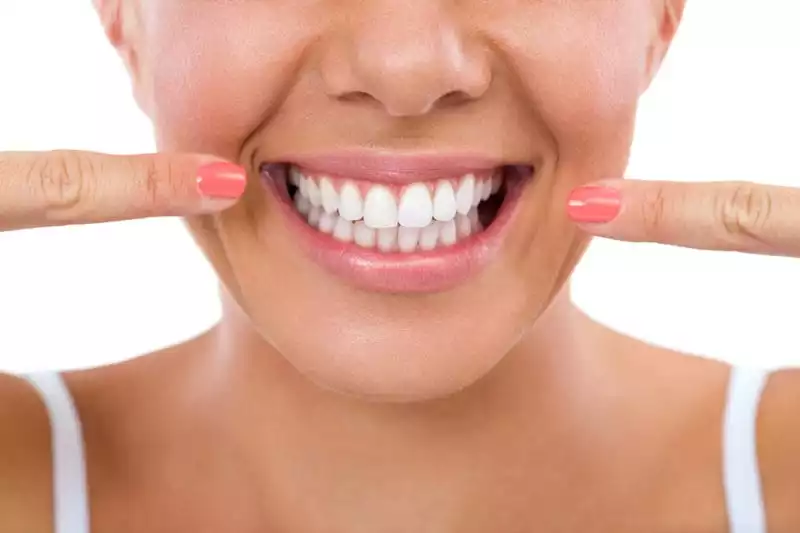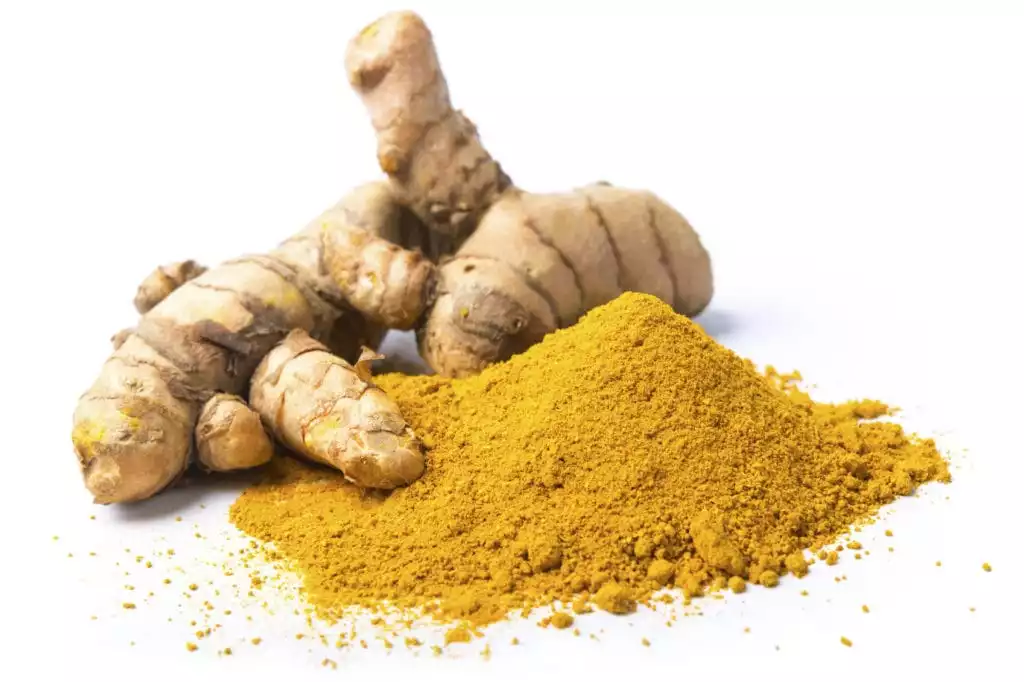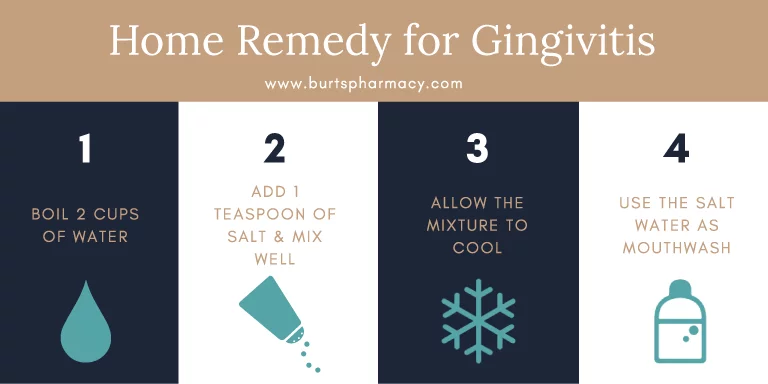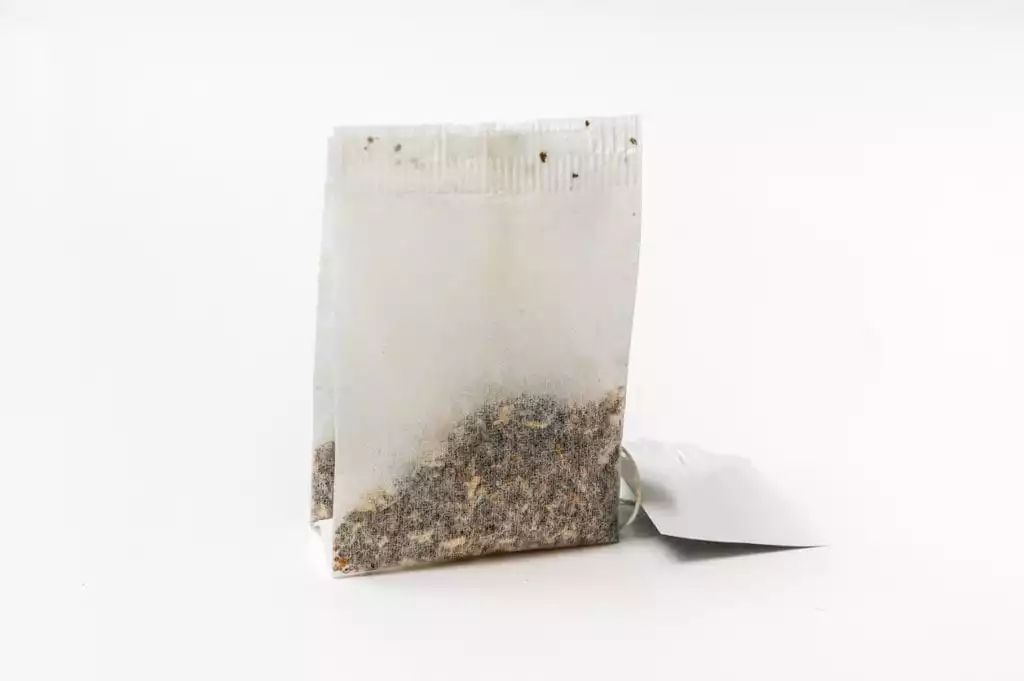
If your dentist diagnoses you with gingivitis, there is hope. Trust that prompt and efficient treatment resolves the disorder in almost all cases. For some patients, this may mean taking oral antibiotics or using topical compounded dental medicines to treat the problem right at the gumline. For others, it may involve surgical intervention, the removal of an offending tooth, or a root canal.
Whatever treatment protocol your dentist prescribes, you should use it religiously and with dedication until your dentist tells you it’s okay to stop.
In addition to the treatment your dentist prescribes, there are also a number of home remedies for gingivitis that you can use to encourage faster recovery. The remedies listed below are relatively safe, easy to access, and widely appropriate for many gingivitis patients. They may be useful as an adjunct to overall treatment or as a treatment alone.
1. Turmeric
Turmeric is a spice sourced from the Curcuma plant. It’s most commonly used in spicy curries, but this unique little spice also boasts research proven anti-inflammatory properties, and that just might be of benefit to patients with gingivitis.
Rather than taking it orally, this study supports direct topical application, showing a demonstrated ability to reduce pain and swelling.
Oral health company Colgate agrees. Their experts recommend making a paste from turmeric, mustard oil, and salt and applying it directly to the source of gingivitis once or twice a day. Don’t have the right items? You don’t have to make it at home. Your pharmacy can create compounded dental medications like turmeric paste for you.
As far as home remedies for gingivitis go, this treatment is relatively safe. However, there are a few caveats. Patients on blood thinners shouldn’t use turmeric, nor should patients who bruise easily. As some patients experience mild irritation from the spice, it’s probably not wise for advanced gingivitis, either. If you’re not sure, ask your pharmacist if this treatment is right for you.
2. Salt Water
Salt water is one of the oldest and truest “old wives tale” remedies for wounds in existence today and one of the home remedies for gingivitis as well. Hospitals and dentists use it (in the form of saline), it’s easy to prepare safely at home, and it may help to draw infection out from your gums.
To make a sterile saline solution at home, boil 2 cups of water in a clean pot. Add 1 teaspoon of salt, and mix well until the salt dissolves. Allow the mixture to cool. You can pour the mixture into a clean container once cool; just be sure to use it or throw it out within 24 hours.
The best way to use salt water or saline to your advantage is to use it as a mouthwash. Rinse well, holding the salt water in your mouth for between 30 seconds and a full minute, and then spit. For gingivitis, try to rinse with the mixture between five and six times a day.
A note of caution: children rinsing with salt water should be supervised. Swallowing too much may cause mild stomach ache or dehydration.
3. Vitamin D, C, and E
Are you getting all of your vitamins? If you aren’t, you may be making yourself more susceptible to gingivitis in the first place. Vitamins D, C, and E are especially important in gingivitis prevention, and may even play a role in curing the condition when it occurs.
Eating a healthy diet rich in these nutrients is best, but if you aren’t already doing so, adding a multivitamin may help.
Evidence shows strong support for daily Vitamin D supplementation gingivitis specifically (including topical application) in gingivitis. Researchers tie results to Vitamin D’s anti-inflammatory effect; it reduces inflammation within the body (including the gums) as a whole.
Vitamins C and E also play a critical role in healing within the body, and aid in proper immune support. Supplementation with C and E isn’t about localized relief, but about overall wellness and recovery support.
4. Baking Soda (Toothpaste or DIY)
Around 150 years ago, toothpaste was something for the rich. While such formulas existed, they didn’t as much treat oral health as they did freshen the breath. These products were costly, and often, only available in the main cities.
In rural America, people often made do with what they had. Baking soda, known then as bicarbonate of soda, was easier to access and did an excellent job of cleaning the teeth through abrasion.
America’s oral health care has improved dramatically since then, but they were onto something: baking soda’s unique ability to remove plaque, making it one of the home remedies for gingivitis. The gritty texture loosens bacteria and plaque, allowing you to rinse it away with water, and that may give your body the edge it needs to fight off infection or swelling from gingivitis when paired with other treatments.
5. Black Tea Bags
Black tea is beloved in America; many people value a hot cup of tea as a way to relax, rejuvenate, or wake up first thing in the morning. But tea isn’t just for drinking; It contains tannins, substances that show a remarkable ability to draw out infection in the mouth and reduce swelling. Once that used tea bag cools, it can be used as one of the home remedies for gingivitis to relieve symptoms and reduce pain!
To try this remedy, simply add a tea bag to hot water (either to make a cup of tea or just for the remedy). Allow the bag to soak for at least two minutes, then set it out on a plate and allow it to cool. Press the cooled tea bag against the gum line where gingivitis symptoms are highest, and use it as a compress for up to a full minute or two at a time.
This straightforward and effective remedy also works well for toothaches, tooth abscesses, and cold sores!
Compounding is an Option Too
In severe cases of gingivitis, dentists often recommend a combination of oral antibiotics and topical treatments. One of the most common topical treatments is the application of H2O2 gel. Like liquid peroxide, this substance bubbles up, foams, and reduces infection (including plaque) when applied to the gums.
A word of warning: H2O2 gel is not the same as liquid hydrogen peroxide. Though these formulas both contain the same base ingredient, H2O2 gel differs significantly from liquid peroxide in both application and risk profile. The gel’s higher viscosity reduces the risk of accidental swallowing and better targets the effects to areas with inflammation, reducing irritation throughout the mouth while still improving gingivitis symptoms and/or treatment results.
If you want to try H2O2 gel in addition to home remedies for gingivitis, speak with your compounding pharmacy. Most stores don’t sell the gel over-the-counter but will compound it for you on demand. Your pharmacist can assess your current treatment plan and identify the exact strength and application process to treat your gingivitis now and over time.

 info@burtsrx.com
info@burtsrx.com



Hi, thank you for sharing this blog post! There are a lot of important information from this article and I love it.
In my opinion, Oil pulling is a strategy that includes gargling oil around in your mouth for 20 to 30 minutes to lessen hurtful microbes, take out poisons, and work on generally oral wellbeing.
Thanks so much for your comment!